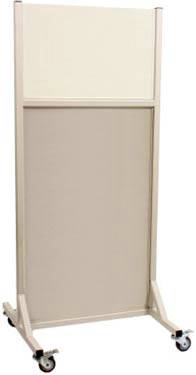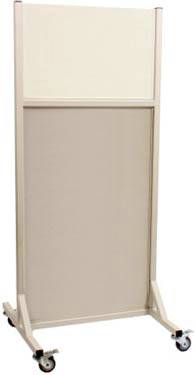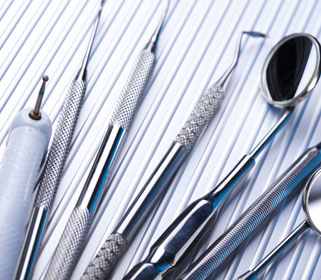Home » Dental Equipment Supplies » Lead Shielding in Research, Industry and Medical Applications » Lead Shielding in Research, Industry and Medical Applications
Lead Shielding in Research, Industry and Medical Applications

60in Mobile Leaded Barrier
Retail Price: $4,548.25
Your Price: $3,995.00
 Unit: single
Unit: single

24in Mobile Leaded Barrier
Retail Price: $3,445.00
Your Price: $2,995.00
 Unit: single
Unit: single
Lead is one of the few substances that can effectively stop X-rays, and protect individuals and materials from exposure to radiation. As a highly dense material, lead simply prevents the radiation from penetrating through the shielding and making contact with the person or object on the other side. Lead shielding has to be the correct thickness based on the voltage of the X-ray produced, which means that it is essential to follow all guidelines and requirements for using X-ray equipment and technology. Using shielding that is not the required thickness will result in some exposure to X-rays and radiation, although it will still be somewhat limited.
In research, industry, military, and medical applications there are several different products typically use to provide lead shielding to anyone exposed to radiation. These include lead gloves, partitions that provide lead shielding, lead aprons and even thyroid shields. For research and industrial and military use lead bricks, leaded X-ray glass, lead lined plywood and drywall are all common products. Understanding the energy potential of the equipment being used is one of the most essential considerations when choosing appropriate types of lead shielding regardless of the shielding product you are using. In general the voltage is measured in two different forms, kV or kVp which stands for kilovolt peak and is used in X-ray equipment for diagnostics and mVp or megavolt potential used in equipment used for radiation therapy. The higher the kVp or mVp is for peak use of the equipment the thicker the lead shielding will need to be. There are guidelines in place for all uses of X-ray equipment for diagnostics as well as radiation therapy that protects the staff as well as the patients based on these ratings.
The workload potential or the amount of exposure that the patient and staff will have to the specific type of radiation is essential in also determining the lead shielding requirement. Although lead shielding is always required around this equipment if you are constantly in contact with X-ray equipment, then higher levels of shielding is recommended than if you are just having one X-ray or doing one therapeutic treatment. X-rays that are produced by the equipment follow two different types of pathways. The first is the primary beam, which is the useful part of the radiation produced by the equipment. This is the part of the X-ray beam that allows the technician to focus the energy produced on a specific part of the body. This is also known as the primary orientation of the X-ray machine. The secondary path is caused the scattering of the radiation as it collides with other molecular components and moves about the room. Again, the scatter is very light compared to the beam energy, but it can be problematic over time. The distance of the X-ray machine to the individual or object also impacts on the requirement for lead shielding. The farther the person or object is from the radiation source, the lower the requirement for lead shielding will be. Conversely technicians working close to a machine require a thicker lead shielding partition and safety gloves, glasses and aprons.
MSEC remains dedicated to providing the very best and the very latest in medical supplies and equipment. We never cease to be on the lookout for the latest innovation that will benefit both our many clients and the patients they dedicate their lives to caring for. If you have any difficulty finding your choices in our vast inventory, call our customer service at 1-877-706-4480 to speed up your order or to make a special request. We are always happy to help you.














